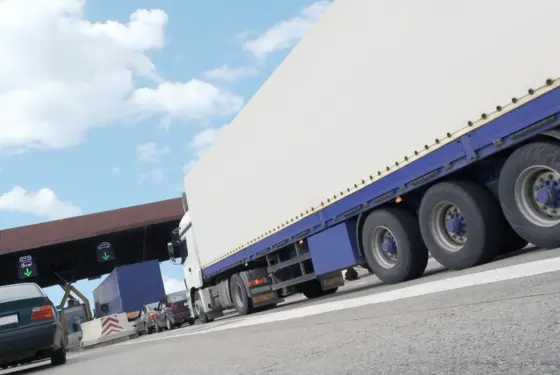What is WIM?
Weigh In Motion, abbreviated WIM, is a term used to designate systems designed to capture vehicle weights, and axle loads in particular, as vehicles drive on the road. Through a combination of force sensors and presence sensors, loads can be captured and recorded even at high speeds and can be attributed to individual vehicles. Parameters such as total weight, axle loads and speed can be determined via electronic analysis. WIM acts as a foundation for automated weight checks and weight-dependent road fees.





